23 October, 2022
The cold weather does not mean you have to stop your favourite outdoor activity, it just means adapting and preparing yourself for the different obstacles the colder months provide. A bit of knowledge and preparation can allow you to continue enjoying your favourite hobbies, all you have to do is find the motivation to get out the door!
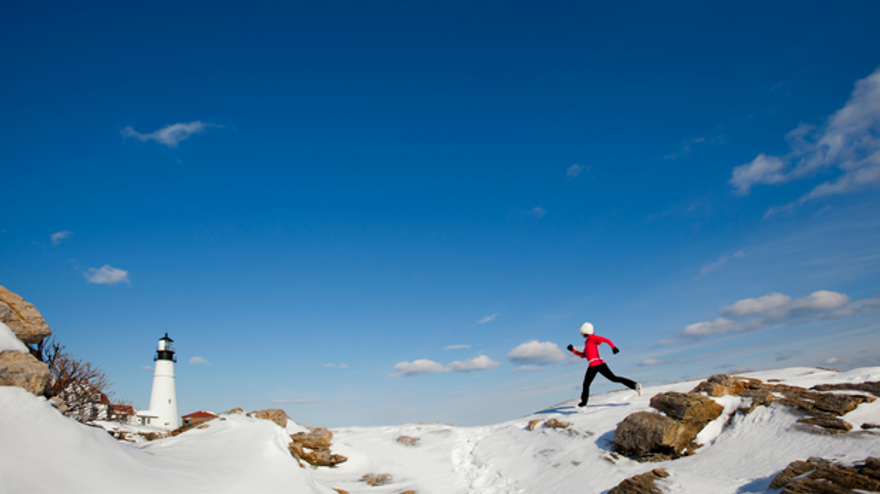
Over the last couple of years, more of us have been spending time outdoors enjoying activities that make us happy. Hiking, running, wild swimming, surfing, paddle boarding, climbing, cycling, camping - the list is endless when it comes to enjoying the great outdoors. We all know that these activities can expose us to a multitude of safety hazards and the colder months bring their own set of challenges.
Winter is a wonderful time of year to head out into the glistening snow, follow animal tracks and enjoy the frosty landscapes. The cold weather does not mean you have to stop your favourite outdoor activity, it just means adapting and preparing yourself for the different obstacles the colder months provide. A bit of knowledge and preparation can allow you to continue enjoying your favourite hobbies, all you have to do is find the motivation to get out the door!
I’m pretty sure that most of us already check the temperature and precipitation before heading outside, but a couple of other important factors to pay special attention to are wind speed, daylight hours, and if applicable, the depth of snow. Snow up to your knees and a windchill factor can result in a dramatically different day in the hills or mountains. Here in the UK the Mountain Weather Information Service or the MET Office are good sites to find detailed information for the mountains, coast and sea.
As the light available each day is much shorter during winter months, carry a head torch or hand torch as well as spare batteries. Even if you do not expect to be out in the dark, accidents can happen, plus walking in snow or bad conditions takes much longer than normal.
A lot of us associate these conditions with extreme mountaineers, but they can happen to any of us when the temperature drops.
Exposed skin is vulnerable to frost nip and frostbite and the risk increases as the wind chill temperature falls. It can happen in as little as 30 minutes, so keep vulnerable places such as your cheeks, nose and ears covered, as well as your hands and feet. If you experience a loss of feeling, numbness or stinging sensation, get out of the cold quickly. Slowly warm the area, taking care not to rub it as it can cause damage to your skin. Seek medical attention if the numb sensation does not fade.
Hypothermia occurs when your body loses heat faster than it can be produced, resulting in an abnormally low body temperature. The signs are intense shivering, loss of coordination, slurred speech and fatigue. Seek emergency assistance immediately. The best way to avoid these conditions is to dress appropriately for the weather and ensure to take additional precautions. Simply packing a survival bag or shelter could end up saving your life.
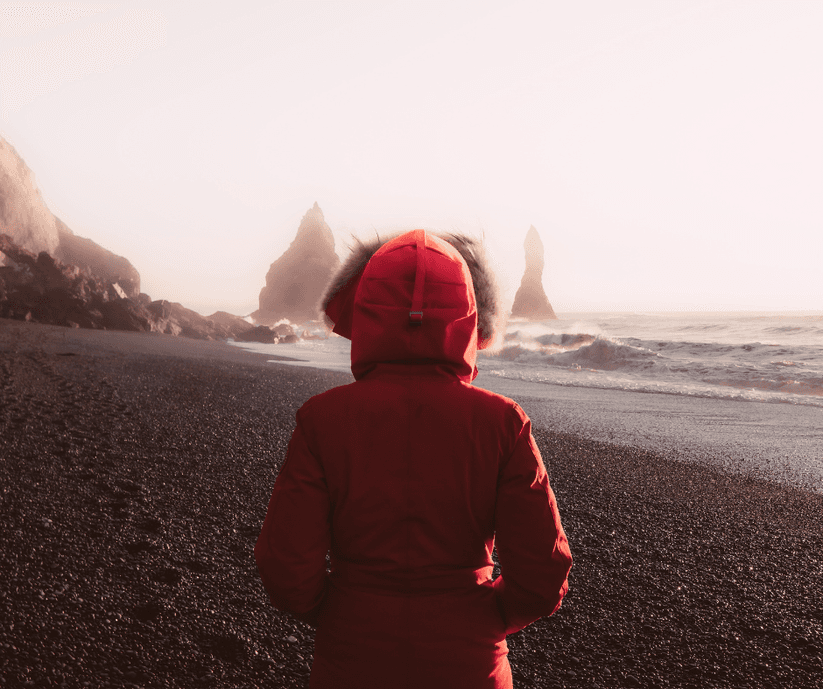
Now you might think that the warmer you dress the better when heading outdoors? If you are sitting still then you would be right, however when you are active this can have a negative effect. When exercising in warm clothes it can feel a lot warmer than it is and that evaporation of sweat takes heat away from your body, making you feel chilled. Dressing in layers is the solution, so you can remove and add layers depending on your efforts.
First, a base layer to keep your body heat trapped against your skin. Next comes a mid layer, such as a fleece or warm jumper to provide insulation. Finally, a waterproof and windproof breathable layer to protect you from the elements. Ensure to protect your head, hands, neck and face by adding in a hat, gloves, neck gaiters or balaclava. Remember, if heading into the mountains and hills the temperature will decrease the higher you go, so take even more layers with you in your pack.
When out running or riding a bike in reduced visibility, or when it is dark, wear reflective clothing so you can be easily seen. If out on the water, take a warm robe or fleece lined robe for putting straight on when you get out. This will protect you from the cold whilst changing, keeping you warm and dry.
If hiking on icy trails or in snow, crampons or micro-spikes may be a welcome addition to help give you the stability you need. An ice axe, if used properly, can save your life if you encounter a mishap on the edge of a slope. Although they may sound intimidating, learning how to use them is relatively straightforward, so practice with them before heading out.
Often not thought about until next summer, sun cream is still required in the winter months - even more so if you are traversing across snow. Being sunburnt on the underside of your nose and chin isn’t something you want to experience, trust me! Wear a sun cream that protects from both UVA and UVB rays and ensure to put it on before heading out to give it chance to fully absorb. Dark sunglasses are not only good for protecting your eyes from the sun and snow glare, but are a much welcomed barrier from those icy winds too.
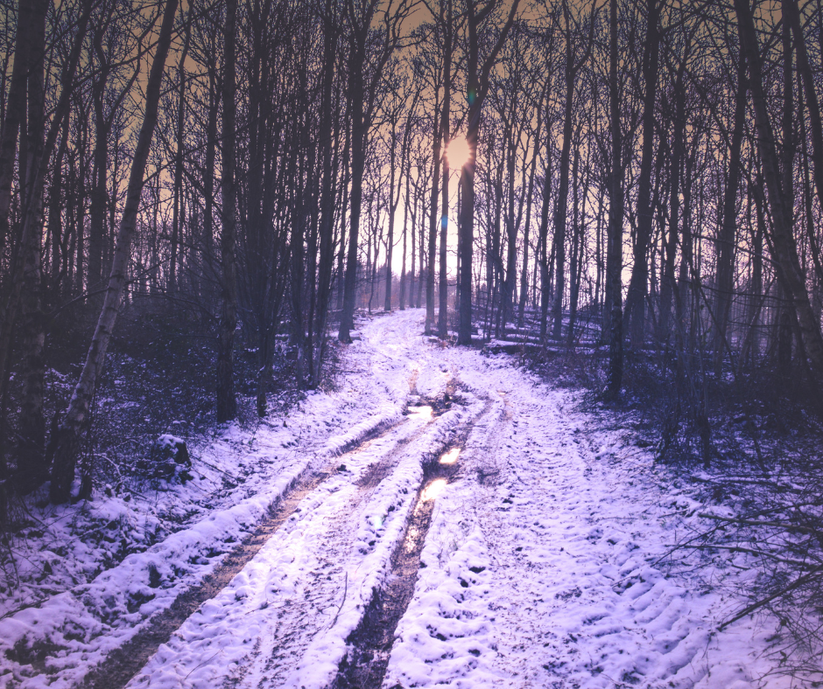
We burn more calories in freezing temperatures as our bodies are using them to keep warm. Pack what food you think you’ll need, then pack at least a third more. Make sure to add in some high-density calories that are easy to eat and that won’t freeze - yes this is your invitation to eat as much chocolate as you wish!
Staying hydrated is just as important during winter as it is in the heat, but being aware of not drinking enough may be harder to notice in cold weather. Take regular sips throughout the day and fill your flasks and bottles with warm beverages to lift your spirits.
If you are planning on collecting water from natural water sources, be prepared for the fact that they might be frozen so take extra water with you.
If using a hydration reservoir, the tube is also at risk of freezing. Taking regular sips and blowing back down the tube can help with this, or you may want to revert to insulated bottles instead. If you do happen to run out of water never eat snow, it should always be heated up first otherwise it could induce hypothermia and dehydration.
In case of an emergency, it is important to have the supplies with you to start a fire to keep warm, as well as warming up snow to drink if needed. Carry a reliable lighter, stormproof matches, tinder and learn know how to safely start and maintain a fire. You should also consider carrying a stove and pot, especially for trips above the tree line or in the snow where wood may not be available.
At any time of year, carrying a first aid kit and a map and compass if heading out on trails, are the first things to add to your kit. In winter it is especially important to include a thermal blanket, thermal bag and a survival shelter to protect you from wind, rain or snow and retain heat in case you get injured or lost, as well as an emergency whistle to call for help.
Add in some hand warmers to warm up your fingers or a Lifesystems rechargeable hand warmer which also acts as a power bank to keep your electronics charged - we all know how quickly they lose power in the cold.
As with any outdoor activities, be sure to let someone know your plans and your expected return time in case something does go wrong. An important thing to remember is that if something does not feel right, be prepared to turn back and do not try to tough it out - it will all be there waiting for you on another day.
Have fun out there this winter, make some wonderful memories and be safe!
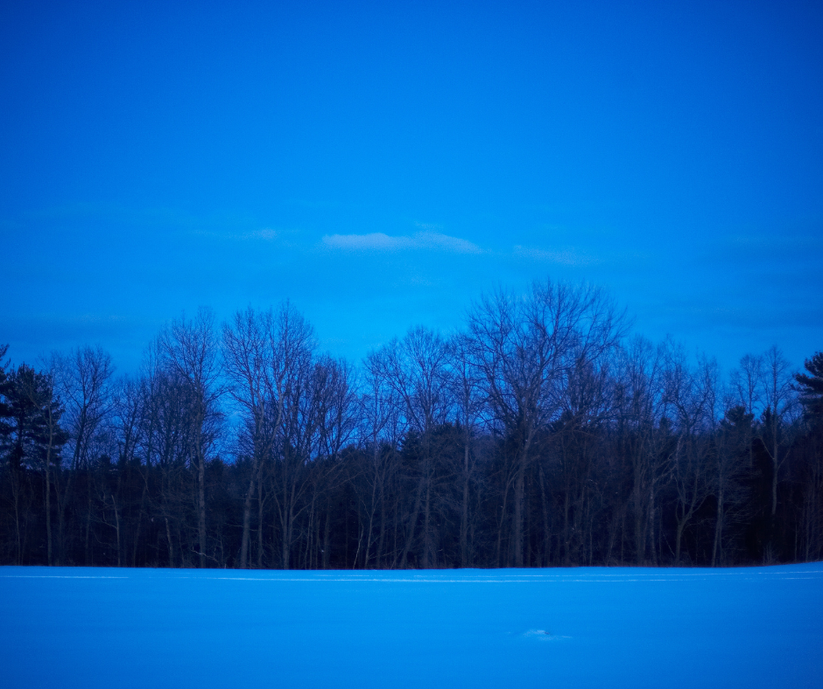

Outside & Active is the home for those who love the outdoors. Our mission is to inspire, inform and educate people about being active outdoors in a fun, safe and sustainable way. We provide inspiration, kit, tech and advice on adventure, camping, climbing, cycling, hiking, running water and winter.
Most recent articles by Outside & Active

Brooks supports trail runners to defy limits and empower their trail runs with the new Cascadia 18. The adaptable Cascadia combines DNA Loft v2 cushioning with TrailTack Green grip and a durable upper mesh to handle all terrains, providing necessary comfort and underfoot security on each surface.

Connectivity makes eBiking more customised, convenient and secure.

Various app solutions, interfaces and services as the next step for the eBike experience of tomorrow
Most recent articles in WINTER
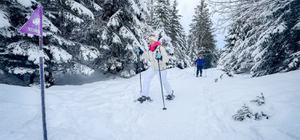
I have always wanted to try snowshoeing as I love snow and I love hiking. Snowshoe trekking is a way of venturing deeper into the natural surroundings and tracing your own way through this pristine environment.

Embracing the winter chill is all about mastering the art of staying warm and cozy. As the cold season sets in, it's time to gear up and embrace the great outdoors with a collection of kit that'll keep you snug as a bug in a rug. Remember what the wise woman once said: "There is no such thing as bad weather, just bad equipment."
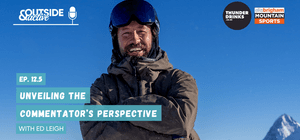
Ed Leigh is a notable voice in the world of action sports. Having commentated at the Olympics Ed is no stranger to the microphone. He joins Dom on this weeks episode of the Outside & Active Podcast.